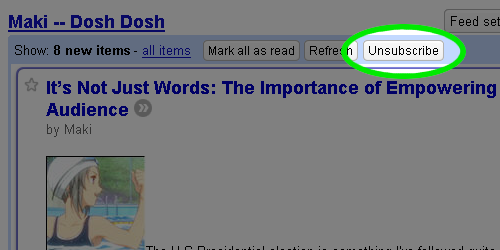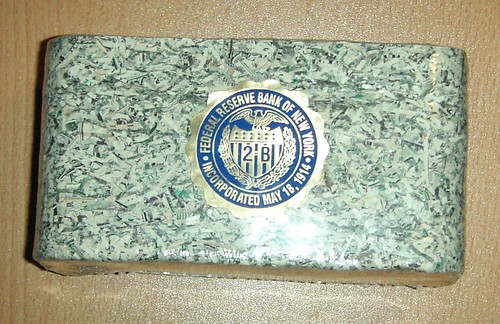The Netcraft February 2008 Web Server Survey says:
Unusually, America Online’s open source AOLserver sees tremendous growth, jumping from 35 thousand to 105 thousand sites in just one month. AOLserver is a multithreaded, Tcl-enabled web server which can be used for large scale, dynamic web sites, but has not seen the release of a new version since 2006. The majority of the new sites served by AOLserver are hosted in Poland.
This isn’t going to make any headlines, but for all those doubters out there who keep wondering who actually uses AOLserver, check out that growth.
The sad thing is, we could easily game the Netcraft survey by doing a few simple things:
- Register to become an ICANN accredited domain registrar.
- Offer domain registration at-cost, to offer the lowest possible prices to get customers.
- Offer free web domain parking or static file only hosting, all on AOLserver.
The costs involved would be around $10K for the first year, plus the cost of the actual AOLserver hosting, plus the $70K working capital in reserve to meet ICANN’s requirements. This could all be set up on Amazon EC2/S3 to avoid having to provision real hardware as the customer demand grows.
Of course, what would be the point? Would having more significant numbers in the Netcraft surveys give AOLserver more credibility? I sure hope not–that would be foolish.
(via Mark Mcgaha)





Latest comments